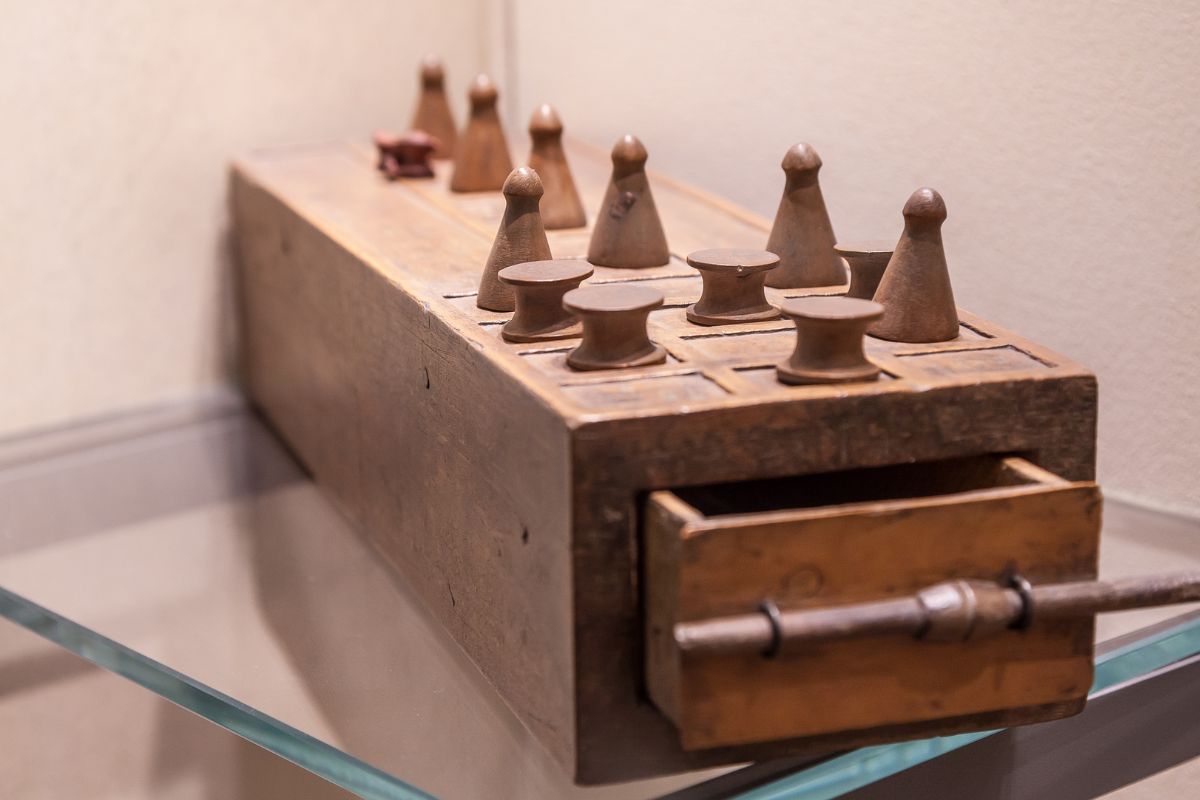Embarking on the journey of creating a digital board game combines the charm of traditional gaming with the endless possibilities of digital innovation. Whether you’re a seasoned game designer or a passionate enthusiast eager to bring your visionary board game to life online, this guide is your first roll of the dice. Uncover the essentials of transforming classic gameplay into a digital masterpiece, from conceptualizing your idea to the final development stages. Get ready to captivate players around the globe with your digital creation. Let’s get started!
Designing Your Digital Board Game
Creating a digital board game that captivates and entertains can be quite the venture. At the core of this endeavor is a deep understanding of what makes board games enjoyable. This involves more than just digitizing a physical board game; it’s about enhancing the player experience through the capabilities of digital platforms.
To start, conceptualize your game’s theme, objectives, and mechanics. Is it a strategy-based game, a trivia quiz, adventure, or something entirely unique? Once the foundation is laid, the design phase begins, focusing on user interface (UI) and user experience (UX) to make the game intuitive and engaging. The development phase follows, where your ideas and designs become a playable reality. This stage is crucial and often requires programming knowledge or the use of game development software like Unity or Unreal Engine.
Ensuring your game is accessible across different devices is key, which might mean designing it for web browsers, mobile phones, or both. Playtesting is an indispensable part of the development process. Gathering feedback from a diverse group of players can reveal insights into your game’s strengths and weaknesses.
Finally, consider the following components to enhance your digital board game:
- Interactive elements that utilize the digital format, such as animations or mini-games
- Multiplayer functionality, to allow players to compete or cooperate from different locations
- Social sharing features, to encourage players to invite friends or share achievements.
Remember, the goal is to create a memorable and enjoyable experience that offers something beyond what traditional board games can provide. With creativity and dedication, your digital board game could become the next big hit.
Choosing the Right Game Genre
Creating a digital board game starts with the pivotal decision of choosing the right game genre. This choice sets the tone for everything that follows, from the game design to the target audience. The genre you select should not only resonate with your interests as a developer but also align with market demand.
Strategy, adventure, fantasy, and trivia are popular genres, each offering unique challenges and player experiences. Understanding the market trends and player preferences is crucial. Strategy games, for instance, appeal to those who enjoy thinking several steps ahead and prefer a controlled pace, whereas adventure games attract players seeking immersive experiences and stories. Trivia games, on the other hand, cater to those who love to test their knowledge on various subjects.
The genre you choose should offer a balance between your creative vision and the players’ expectations. Moreover, consider the mechanics and complexity of the game within your chosen genre. A rich, complex strategy game might engage a niche audience for hours on end, while a simpler trivia or party game can bring quicker, more casual fun.
Whichever genre you choose, ensure it supports engaging mechanics and user-friendly interactions. Your game’s genre is not just a category; it’s a blueprint for development, guiding your decisions on gameplay mechanics, story elements, art style, and marketing.
Essential Game Design Concepts
In turning a board game into a digital masterpiece, understanding a few fundamental game design concepts is crucial. These include the mechanics, the story, and the user interface (UI). Each element plays a pivotal role in crafting an engaging and immersive experience for the player.
Firstly, the mechanics of your game are the backbone. They encompass the rules and procedures that guide the game. Think of mechanics as the engine of a car; without it, your game won’t move forward. It’s about balancing strategy with chance, creating a dynamic that keeps players engaged and invested in the outcome.
The story of your game, though sometimes underestimated, can significantly enhance player engagement. Even simple board games can benefit from a compelling narrative. It doesn’t have to be complex; a basic storyline that players can follow will add depth and dimension to the gameplay, turning a series of actions into a memorable experience.
Lastly, the user interface (UI) is critical in translating the physical board game experience to a digital format. A well-designed UI ensures that players can easily navigate the game, understand their options at any given point, and interact with the game elements intuitively. This also includes the visual elements and how information is presented on the screen, which should be both visually appealing and functional. In summary, successful digital board games blend these design concepts seamlessly, creating an experience that is both enjoyable and engaging.
Understanding and applying these principles from the start will set the foundation for a successful digital board game. Here’s a simple breakdown of these concepts in a tabular format:
| Concept | Description |
| Mechanics | The rules and procedures that define the gameplay. |
| Story | A compelling narrative that adds depth and engagement to the game. |
| User Interface (UI) | The design and layout that facilitates player interaction with the game. |
Creating Engaging Game Mechanics
The cornerstone of any captivating digital board game lies in its mechanics. Mechanics are the rules and procedures that drive the game’s procedural engine, dictating the player’s interactions, the flow of the game, and the conditions for victory or defeat. The challenge is to create mechanics that are not only easy to understand but also deep enough to retain player interest over time. This requires a delicate balance, as overly complex systems can discourage beginners, while overly simplistic mechanics might fail to keep experienced players engaged.
One effective approach is to start with a core mechanic and gradually add layers of complexity through player choices, strategic depth, and randomness. The core mechanic should be straightforward, such as moving pieces on a board or collecting resources, which forms the foundation of the gameplay. From there, introducing elements like variable player powers, dynamic board setups, or asymmetric goals can add richness and replayability. It’s crucial that each mechanic introduced has a clear purpose and contributes to the overall enjoyment and strategic potential of the game.
Lastly, playtesting is an essential process in refining game mechanics. Feedback from a diverse range of players can uncover unforeseen strategies or highlight areas where the mechanics might be unbalanced or not as engaging as intended. Iteration based on this feedback is key to developing a well-rounded and captivating digital board game. Through careful design, testing, and tweaking, game developers can craft an engaging and memorable gaming experience that players will want to return to repeatedly.


